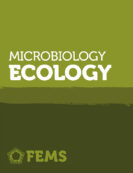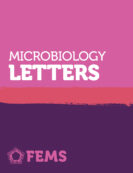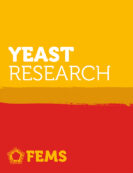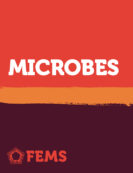Past Congresses
World Microbe Forum / the FEMS2021 Congress – Online
 20-24 June 2021
20-24 June 2021
Online
Click here to download the WMF FEMS Abstract Book for 2021.
The 9th Congress of European Microbiologists (FEMS 2021) was one of the leading meetings of its kind and connected thousands of microbiologists from around the world.
The COVID-19 pandemic has made us review how we could deliver events in a safe, flexible, effective and accessible manner. We worked together with our Member Societies on the best ways to create opportunities to connect and share knowledge virtually. One of the consequences was that our upcoming congress FEMS2021, originally planned to be in Hamburg, Germany, became an ONLINE congress.
Recognizing that microbial sciences, just like microbes, know no borders, the American Society of Microbiology (ASM) and the Federation of European Microbiological Societies (FEMS) came together to launch a new initiative– the World Microbe Forum took place online from 20-24 June, 2021. Bringing together two of the biggest meetings in the microbial sciences, ASM Microbe 2021 and FEMS2021, under one platform to further science.
The official hashtag for the event was: #WorldMicrobeForum
We wish to express our gratitude to the following companies who, through their generosity, have helped make this congress possible:

8th Congress of European Microbiologists
Building Communities
7-11 July 2019
Glasgow, UK
Click here to download the FEMS2019 Abstract Book.
Click here to access the FEMS2019 Photo Album.
We wish to express our gratitude to the following companies who, through their generosity, have helped make this congress possible:
7th Congress of European Microbiologists
Get Involved
9-13 July 2017
Valencia, Spain
Click here to download the FEMS 2017 Abstract Book.
Click here to access the FEMS2017 Photo Album.
We wish to express our gratitude to the following companies who, through their generosity, have helped make this congress possible:

























6th Congress of European Microbiologists
7-11 June 2015,
MECC, Maastricht,
The Netherlands
5th Congress of European Microbiologists
Bringing together the key disciplines of microbiology
21-25 July 2013
Leipziger Messe, Leipzig, Germany
4th FEMS Congress of European Microbiologists
Advancing Knowledge on Microbes
26 – 30 June 2011
PALEXPO Convention Centre,
Geneva,
SWITZERLAND
3rd FEMS Congress of European Microbiologists
Microbes and Man: Interdependence and Future Challenges
28 June – 2 July 2009
Göteborg Convention Centre,
Göteborg,
SWEDEN
2nd FEMS Congress of European Microbiologists
Integrating Microbial Knowledge into Human Life
4 – 8 July 2006
Madrid,
SPAIN
1st FEMS-ESCMID Conference on New Frontiers in Microbiology and Infection
Lessons from Escherichia coli: from basic research to clinical aspects
04 – 08 September 2005
Eurotel Victoria,
Villars-sur-Ollon,
SWITZERLAND
1st FEMS Congress of European Microbiologists
29 June – 3 July 2003
Cankarjev Dom,
Ljubljana,
SLOVENIA
FEMS Jubilee (25th anniversary) Symposium
16 September 2000
Hotel Meliá Lebreros,
Sevilla,
SPAIN
All but one of the FEMS journals are now fully open access (OA), with one journal, FEMS Microbiology Letters remaining a subscription journal with free-to-publish and OA options. Open access is key to supporting the FEMS mission of disseminating high quality research as widely as possible: when high quality, peer reviewed sound science is open access, anyone, anywhere in the world with an internet connection, can read it.









